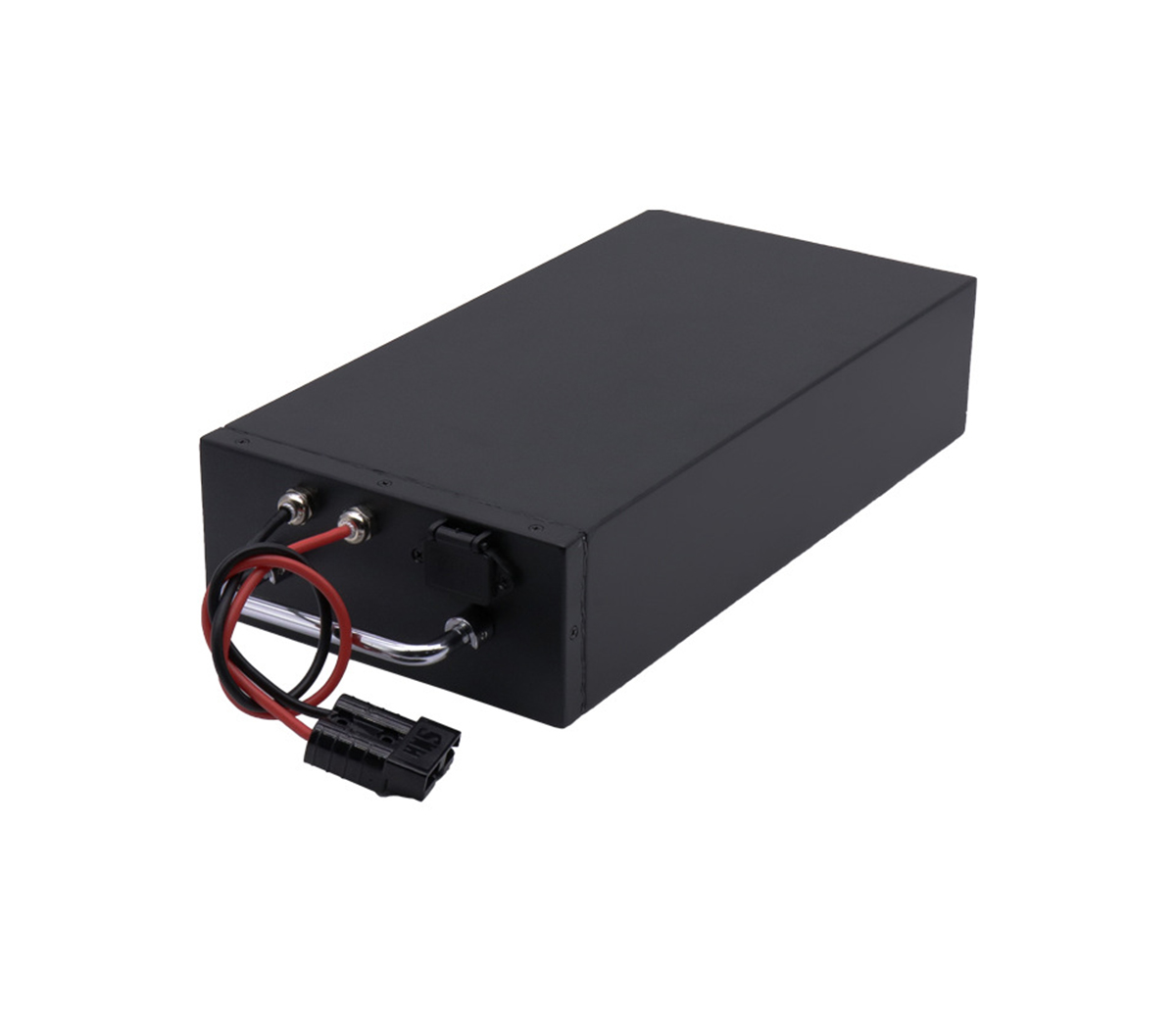Residential energy storage systems still dominate the German market
Residential
energy storage will still dominate the German battery energy storage
market in 2021, but new opportunities are opening for the deployment of
grid-scale energy storage systems, according to a new report.
Residential
energy storage accounted for 93% of the 1,357MWh of battery storage
systems deployed in the country last year, according to the report
titled "Battery Energy Storage Developments and Market Review in
Germany (Status 2022)."

(Home energy storage systems deployed in Germany from 2013 to 2021)
The
findings of the paper, co-authored by RWTH Aachen University in Germany
and the spin-off group the Institute for Power Electronics and
Electric Drives (ISEA), largely continue the trends identified in the
survey report two years ago.
The study defines home energy
storage systems (HSS) as residential energy storage systems up to
30kWh, while Germany has deployed 145,000 residential energy storage
systems totaling 739MW/1,268MWh in 2021, after deploying 145,000 in
2020. 430,000 residential energy storage systems. Its figures roughly
match research commissioned by the German Energy Storage Association
(BVES) from consultancy Energie.
Many of SES Power's products
are suitable for HSS systems, especially those using lithium iron
phosphate square aluminum shell cells, such as 12V100Ah, 24V100Ah,
36V100Ah, 48V100Ah, household energy storage 3KW, 5KW systems,
rack-mounted energy storage systems and other products, very popular
with German customers because they can be easily combined with
photovoltaic power generation systems.
In contrast, Germany
only deployed 27MW/57MWh of 30kWh-1MWh industrial energy storage
systems (ISS) last year, while large-scale energy storage systems (LSS)
of 1MWh and above only deployed 36MW/32MWh. Industrial energy storage
systems (ISS) and large-scale energy storage systems (LSS) can be
either grid-connected or battery energy storage systems on the consumer
side of commercial and industrial (C&I).
The number of
residential energy storage systems deployed in Germany has been growing
since 2013, as has industrial energy storage systems (ISS), albeit at a
slower pace. On the other hand, since a record 288MWh of industrial
energy storage systems (ISS) were deployed in 2018, their deployments
have fallen sharply, falling more than 10-fold to 11.5MWh in 2021.
The
research report attributes the significant reduction in industrial
energy storage systems (ISS) to the saturation of the frequency
containment reserve (FCR) market, which was dominated by utility-scale
energy storage systems deployed between 2016 and 2019. Other problems
in the German energy storage market include double charging of energy
storage systems (that is, the energy storage system charges for using
electricity from the grid and charges for supplying electricity to the
grid).
A survey by the German Energy Storage Association (BVES)
suggested that regulatory issues are in fact the main problem for
operators of German energy storage assets, a spokesman for the German
Energy Storage Association (BVES) said in an interview with industry
media last year, “The German government It doesn’t see energy storage
as a key element of its energy transition.”
The result is that
by 2021, Home Energy Storage Systems (HSS) will account for 79% of
Germany's total battery storage capacity of 4,406MWh, Large Scale
Energy Storage Systems (LSS) will account for 17%, and the remaining 4%
will be industrial energy storage System (ISS). However, the German
battery energy storage market is developing, allowing more grid-scale
energy storage systems to be deployed alongside renewables.
The
vast majority of home energy storage systems (HSS) and industrial
energy storage systems (ISS) deployed in Germany last year were
lithium-ion battery storage systems, while 11 large-scale energy
storage systems (LSS) deployed last year were entirely lithium-ion
Battery energy storage systems, although after the diversification of
energy storage technology deployments in 2017-2019, large-scale energy
storage systems (LSS) are the most diverse of the three, with about
one-fifth using other technologies (mainly lead-acid batteries, redox
flow batteries and thermal energy storage systems).
Most
large-scale energy storage systems (LSS) were deployed last year at
large commercial and industrial sites due to saturation of the
frequency containment reserve market (FCR) (despite a temporary price
spike in 2021).
But larger battery storage systems are starting
to play a role in other grid services being rolled out by Germany's
Federal Network Agency (FNA). One of these is the "Innovation Auction,"
which is open to projects combining two or more clean energy
technologies, such as large-scale solar and wind parks that can be bid
in conjunction with battery storage systems, often with storage
capacity exceeding 1MWh.
In the first three rounds of
innovation auctions from September 2020 to August 2021, 62 battery
storage systems totaling 250MWh participated. However, battery storage
systems participating in the auction can only be charged with
electricity from renewable energy generation facilities, which prevents
them from accumulating revenue by participating in the Frequency
Containment Reserve Market (FCR), Automatic Frequency Recovery Reserve
(aFRR) market or commercial market.
German grid operators are
also launching large-scale battery storage projects called
"GridBoosters" to temporarily ease grid bottlenecks and save costs.
The
study also found that 340,000 battery-electric vehicles (BEVs) and
341,000 plug-in hybrid electric vehicles (PHEVs) were registered in
Germany last year, bringing the total to 1.27 million of these two
types of EVs so far, with their respective the numbers are roughly
equal.
The report added that the total number of batteries used
in these EVs is 40GWh, with four-fifths of this coming from
battery-powered vehicles (BEVs). This shows the potential for things
like vehicle-to-grid and vehicle-to-home charging solutions.
The
report notes that the large number of batteries used in electric
vehicles therefore shows the great potential for flexibility that can
be used to build battery energy storage systems. From an economic point
of view, integrating electric vehicles to serve the grid is highly
desirable. However, it was also pointed out that the public charging
infrastructure cannot keep up with the growth of electric vehicles.



































